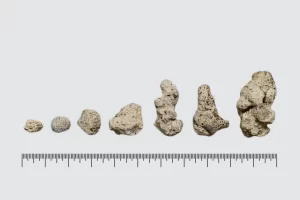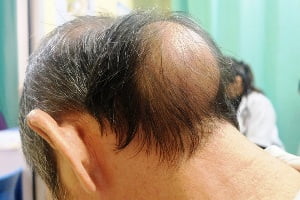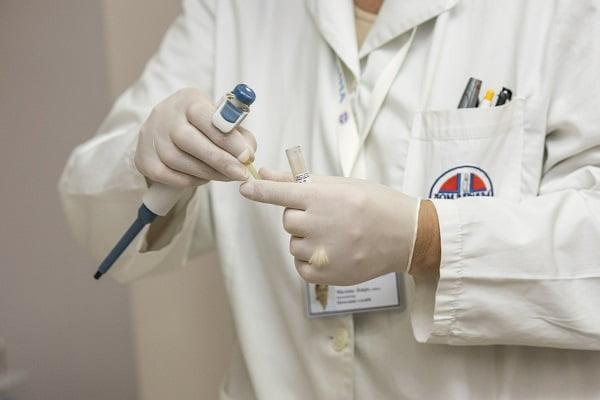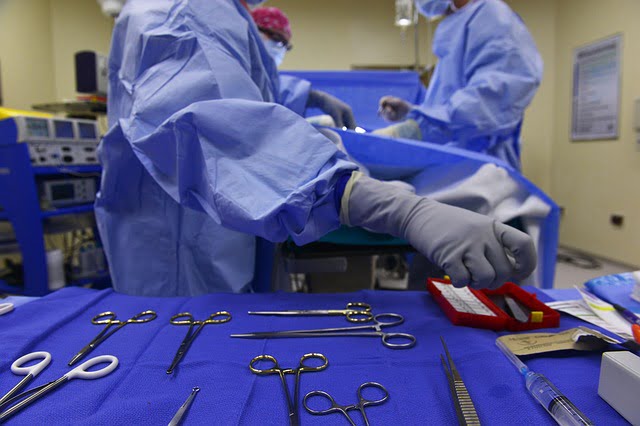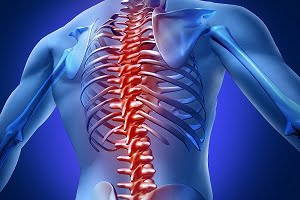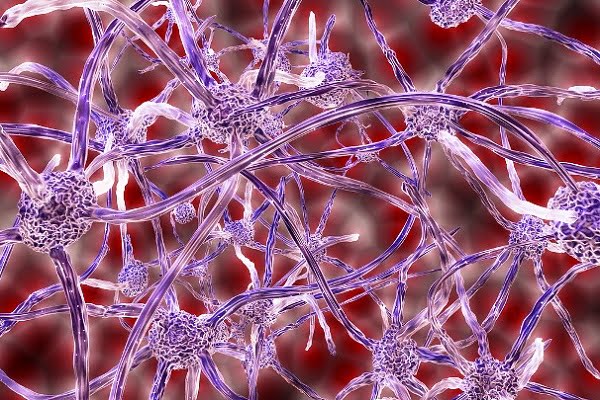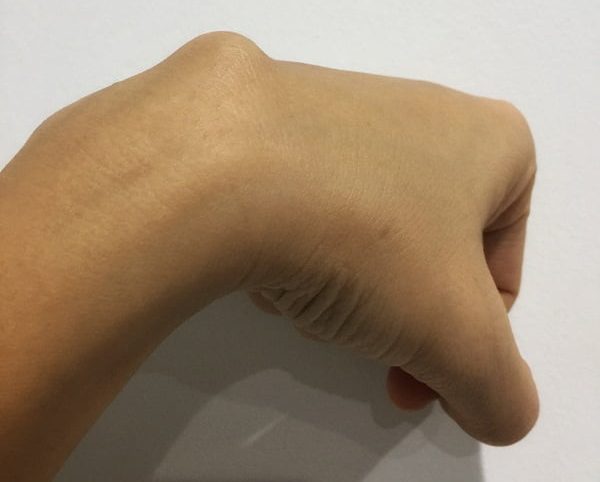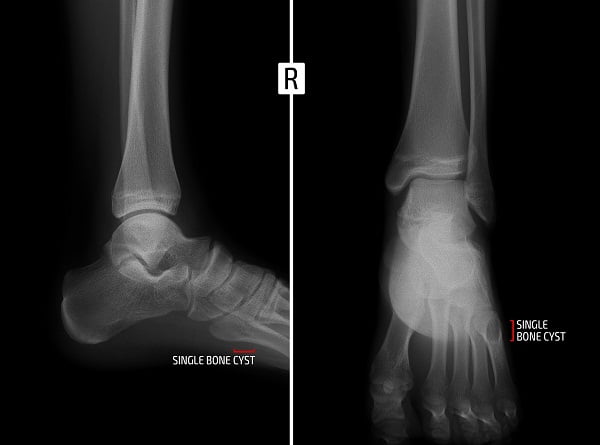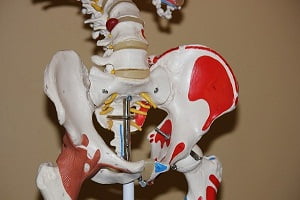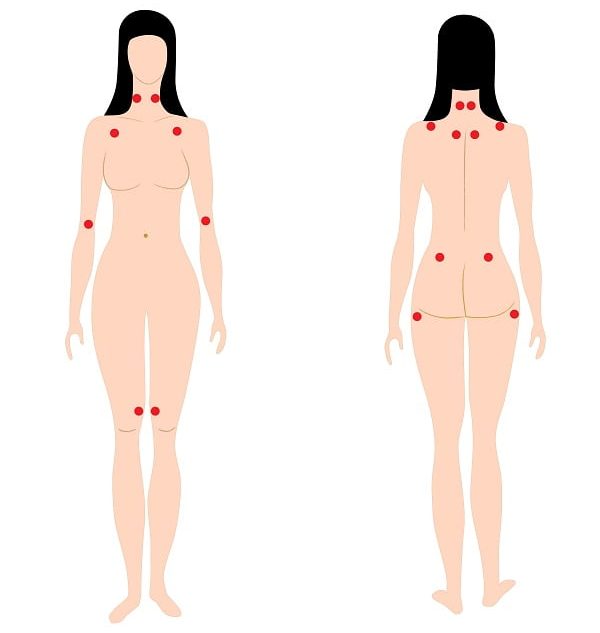Browsing: Bone Health

The page provides quick access to a list of common diseases, syndromes, health conditions, and other topics of health importance related to bones and joints. The list is organized alphabetically. Links are provided to respective diseases sections that serve as a comprehensive and ultimate guide about the disease or health condition.
Bones make the structural framework of the body. It provides structural support and helps in movement of the body. A joint indicates a junction of two or more bones such as knee, hip, elbow, or shoulder. Bones and joints are damaged by different types of injuries or diseases. Its treatment mainly depends on its cause and may vary from person to person.
One of the most common symptoms of bones and joints disorders is pain and difficulty in movement of the affected region. The symptoms of bones and joint diseases may range from mild to severe, and in severe cases, the disease may be chronic and spread to other body parts.
Diseases and injuries of bones and joints majorly indicate abnormalities of the human skeletal system. The universal cause of bone disorders includes physical injury, fracture and effect of other diseases. Doctors may refer these bone and joint injuries as conditions that were more mechanical than metabolic body changes.
Bone and joint disorders are one which affects the musculoskeletal system of the body, such as osteoporosis, arthritis, bone cyst, osteomyelitis and hypocalcaemia and bone cancer. Here are listed common bones and joint diseases for your review. Click on any of them to redirect to respective disease containers.
Image Source Your bones go through a lifelong process of remodeling. Here, your bones continuously maintain a balance between bone…
First Treatment for Rare Form of Rickets Approved by FDA
Burosumab (KRN23) is a monoclonal IgG1 antibody that binds excess fibroblast growth factor 23. The FDA has approved it as the first treatment for a rare and inherited form of rickets called X linked hypophosphatemia.
Laminectomy is done to create a space by removing the lamina, which is the back part of the vertebra that covers the spinal canal. Your doctor will also remove bone spurs or other structures that cause spinal stenosis.
Non-surgical spinal decompression therapy is a type of motorized traction that can relieve your back pain due to spinal stenosis. The therapy aims to stretch the spine gently, thereby changing the force and position of the spine. The purpose of therapy is to relieve pain and promote a healing environment for the spine.
A pinched nerve is a nerve under pressure that is a compressed nerve or trapped nerve. Often, this pressure is exerted by the surrounding bones or tissues. The sciatic nerve, when gets compressed, can cause pain through the lower back and into the leg. This condition is known as sciatica.
Diet for Fibromyalgia: What Foods Trigger Fibromyalgia Pain?
Fibromyalgia is a common condition that causes pain in the body and mental distress. According to the National Institute of Arthritis and Musculoskeletal and Skin Diseases (NIAMS), about 5 million adults of the age of 18+ years in the United States develop it. Your food choices may make a lot of difference in the fibromyalgia pain.
Understanding Bone Cysts
A bone cyst is a hole filled with fluid that develops in a bone. They can develop at any age, but mostly bone cysts affect children and young adults. Unicameral bone cysts are the most common of all of them. They can develop anywhere in the body, but mostly affect the upper arm or thigh.
A foot cyst or a toe cyst or an ankle cyst is a benign fluid-filled space that forms inside the bone which is attached to the joint capsules of the foot or the toe or the ankle. These cysts do not have a regular shape or size and they are generally mobile in nature.
What You Should Know About a Bone Cyst on Hip (Hip Joint)?
A hip cyst is a fluid-filled space that forms inside a joint that extends from one of the bones that forms the joint of the hip. Hip bone cyst is a benign bone tumor. It does not spread to other parts of the body. It can cause weakening and thinning of the bone.
Diagnosing fibromyalgia is not easy. There is no defined pattern of fibromyalgia pain. One person may be hurt all over the body but another person may not necessarily feel the same. Therefore, doctors generally check for certain tender points trigger points or pain points on the body of a patient while making a diagnosis fibromyalgia.
